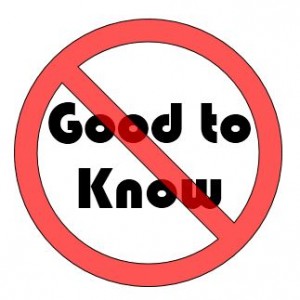 In my current position as someone who handles data for the school division, I often get asked to create tools, run analyses, develop theories, or present recommendations on matters concerning student performance. The thrust of my work is to help decision makers (teachers, administrators, etc.) make better decisions in their practice through reflection on evidence. At the end of the day, it’s about improving student learning.
In my current position as someone who handles data for the school division, I often get asked to create tools, run analyses, develop theories, or present recommendations on matters concerning student performance. The thrust of my work is to help decision makers (teachers, administrators, etc.) make better decisions in their practice through reflection on evidence. At the end of the day, it’s about improving student learning.
Usually, requests for help appear to link quite strongly to students’ wellbeing in school, such as their academic achievement, behaviour, attendance, or self-efficacy. Sometimes, requests are a little further removed, but still have tangible links, such as an HR project on a representative workforce.
I typically ask the purpose of the project. Sometime, colleagues want to see how well their students are reading. Other times, an administrator wants to know if resources are being allocated appropriately. Maybe a school team is trying to see if a targeted intervention is having the desired effect. All these are great things to know.
I’ve also started asking why we want to collect this data. Occasionally, the answer I get is that “it would be good to know.” As much as I am dedicated to helping colleagues (in fact, that is my primary role), I feel that this is the absolute worst reason to collect and analyze data. In the immortal words of that great philosopher G.I. Joe, “Knowing is half the battle.” I should say, knowing is only half the battle, and it’s also the most dangerous.
Why? Let’s take the example of students reading. What happens when we put in the time to assess, graph, statistically analyze, and interpret the data on student reading levels in a classroom, and it turns out that most students are struggling? It is not merely ‘good to know’ that students are struggling; knowing that students are struggling is only half the battle. We are now obligated to do something about it.
I use the word obligation here very deliberately. As teachers, we are expected to help our students improve, and more than just a little bit (since small performance improvements over the course of one school year are more likely associated with normal effects of aging). So if we know that our students are struggling, then we must be prepared to support, to intervene, to adjust, to strategize, to seek additional help. On the flip side, what does it say if you know you students are struggling and aren’t prepared to do make any changes?
Herein lies the danger of knowing. Either you must be prepared to change something that you thought was working well, or you must be prepared to say that you refuse to help. Knowing is only half the battle. It’s not just good to know unless you are ready to do as well.
So to that end, I’ve decided to return to why I’m here in this role. When a colleague asks me for data, I’ll first do them a favour: I’ll ask them how it will be used to help improve student learning. After all, I want to help them, not expose them to danger for which they are unprepared. That, I think, is good to know.



